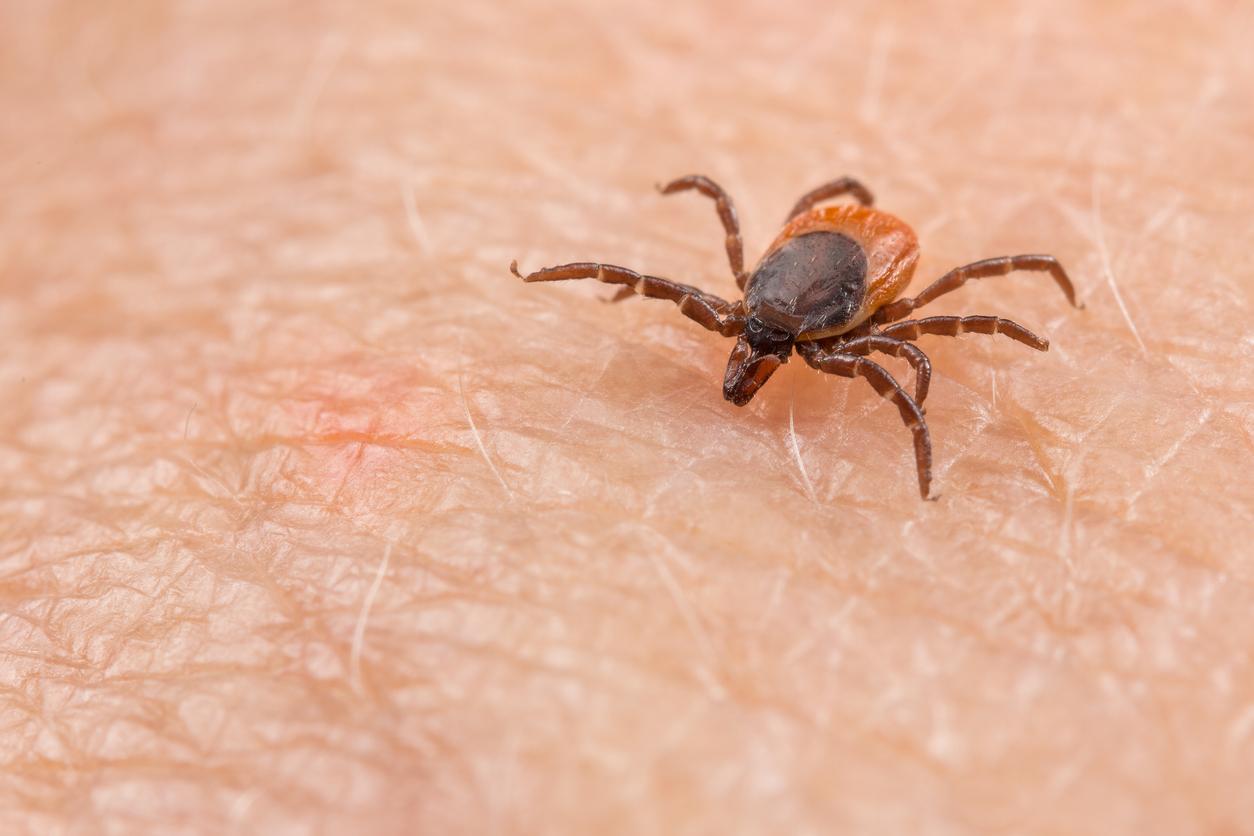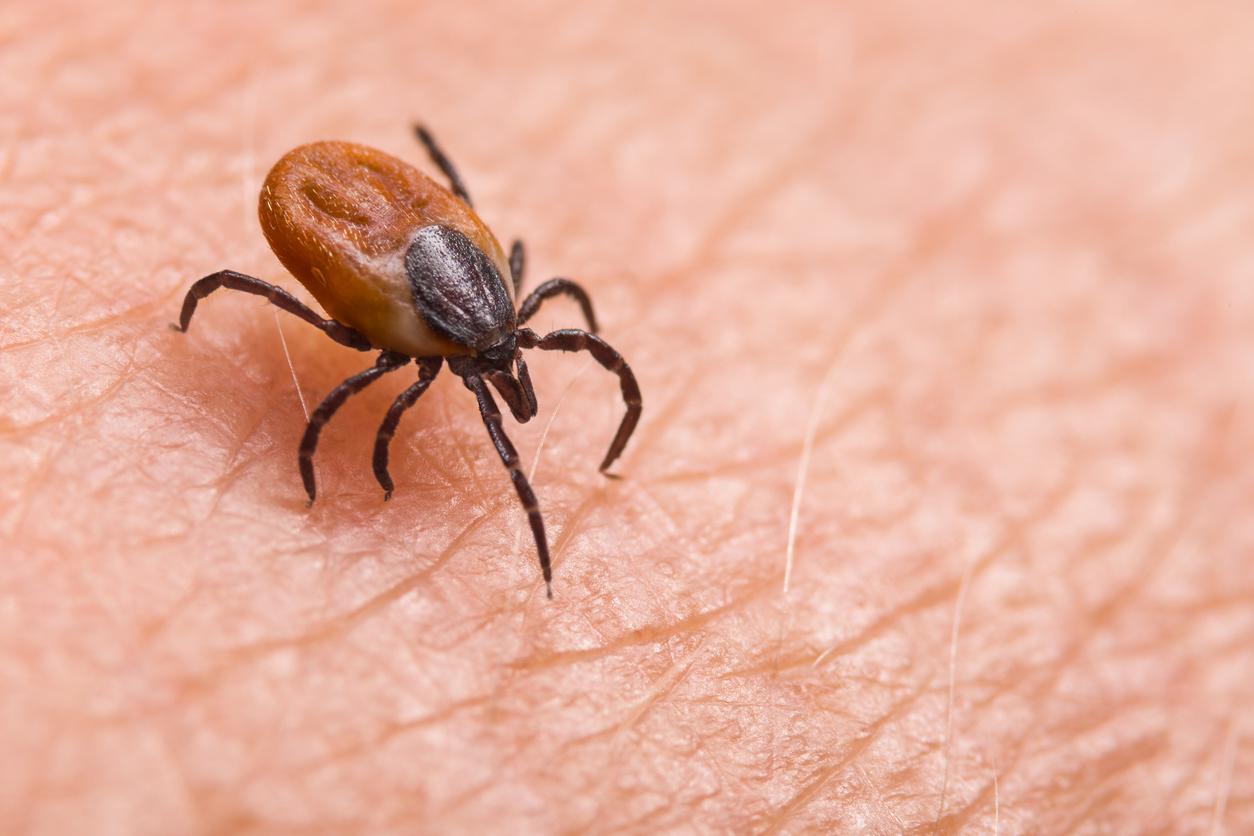Anaphylaxis is a serious allergic reaction that can be fatal if not treated in time. Almost a third of cases are linked to an allergy to meat, itself caused by a tick bite.

Urticaria, facial edema, breathing difficulties, malaise or even coma: these are the signs of anaphylaxis. In 60% of cases, food is the cause of this potentially fatal allergic reaction. Researchers at the University of Tennessee have found that 33% of cases of anaphylaxis, listed in their health center, are linked to meat allergy caused by a tick. Their study was published in the journal Annals of Allergy, Asthma and Immunology.
Beef, lamb and pork
The star tick, a name linked to the task it has on its back, is mainly found in the southeastern United States. It injects, during the bite, a molecule called aphal-gal, this substance is mainly found in beef, lamb and pork. After being bitten, people become allergic to these meats.
An allergy still little known in the early 2000s
A few years ago, these cases of meat allergy linked to this tick were still little known. The first studies associated with tick allergy date back to 2002. Today, according to researchers at the University of Tennessee, these cases represent the main cause of anaphylaxis in their research center. But they differ from allergies to other foods by the time it takes for symptoms to appear.
When it comes to a “classic” allergy, such as that linked to seafood for example, the first symptoms appear after about thirty minutes. When it’s alpha-gal, they can take six hours to appear after eating meat. In the event of anaphylaxis, the emergency services must be notified immediately. Only one drug can be used as a first resort: the epinephrine auto-injector pen. This injection is vital within 20 minutes of the first symptoms.
Over 5,000 cases in the United States
In the United States, the number of cases of meat allergies linked to the star tick exceeded 5,000 people in 2015. As of the same date, 1,400 cases had been detected in Asia, and 68 in Europe.
.

















